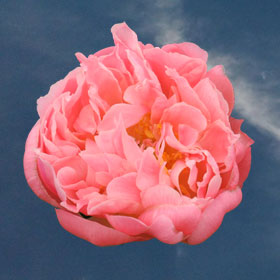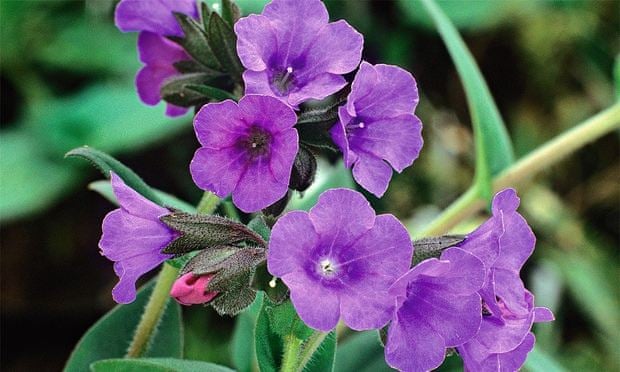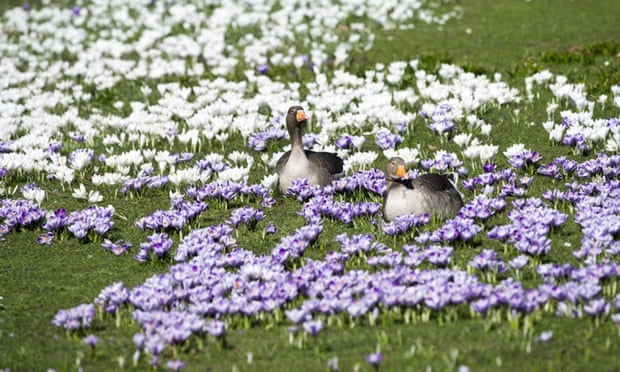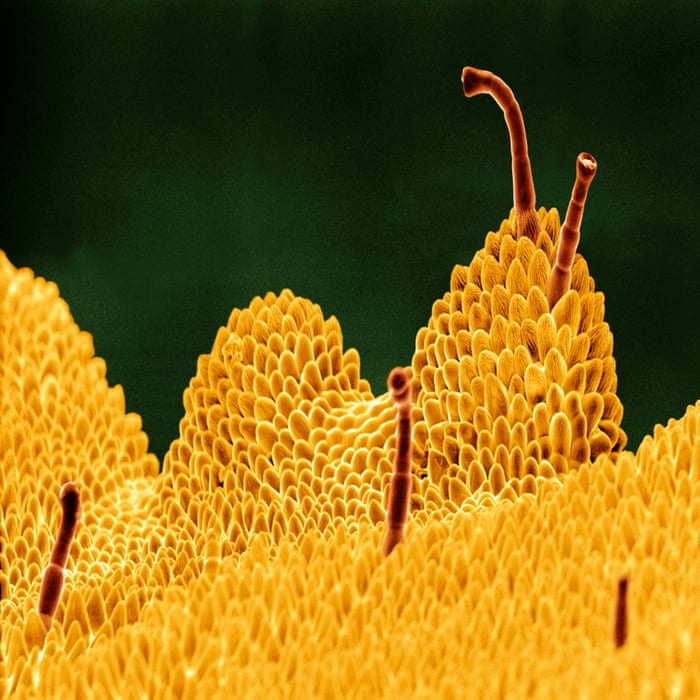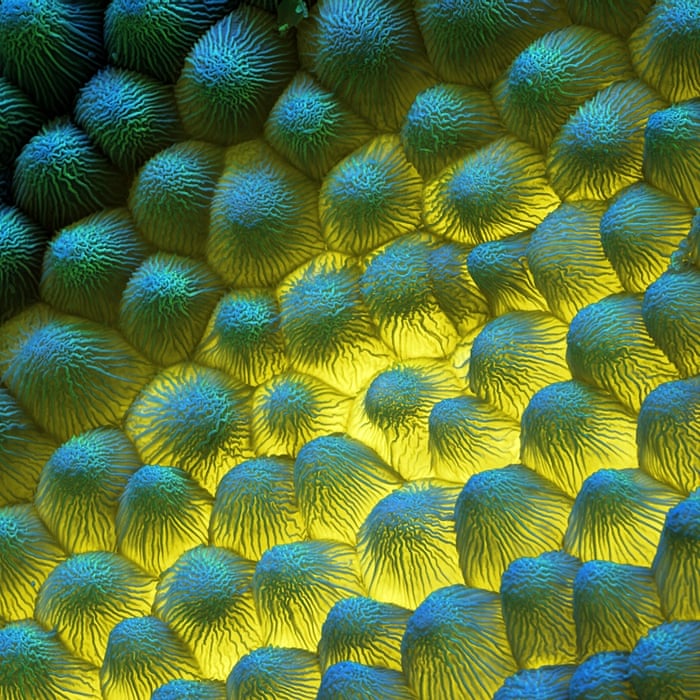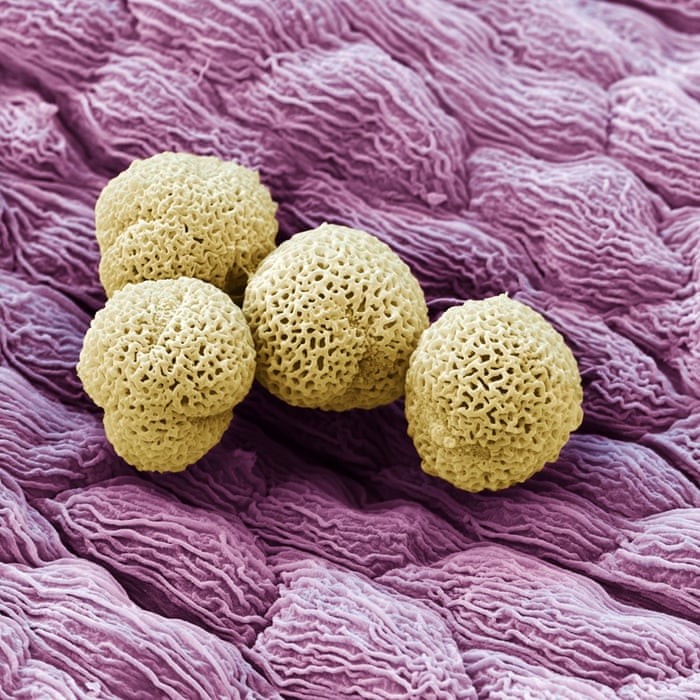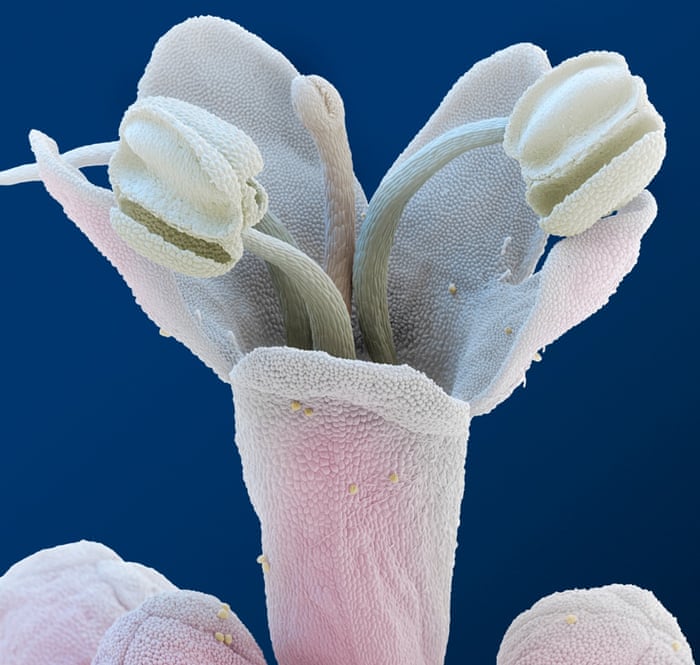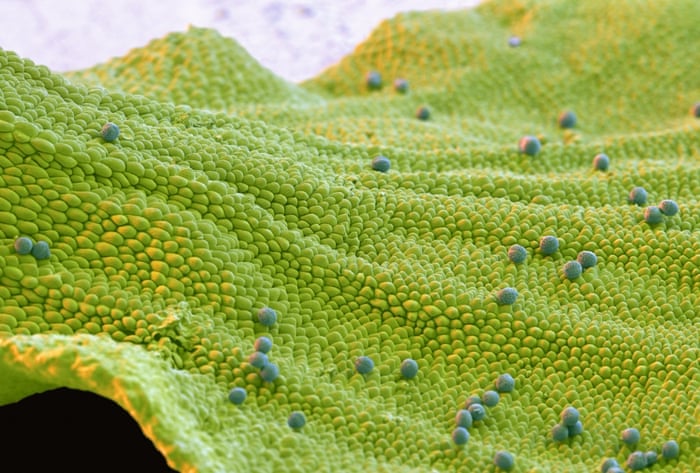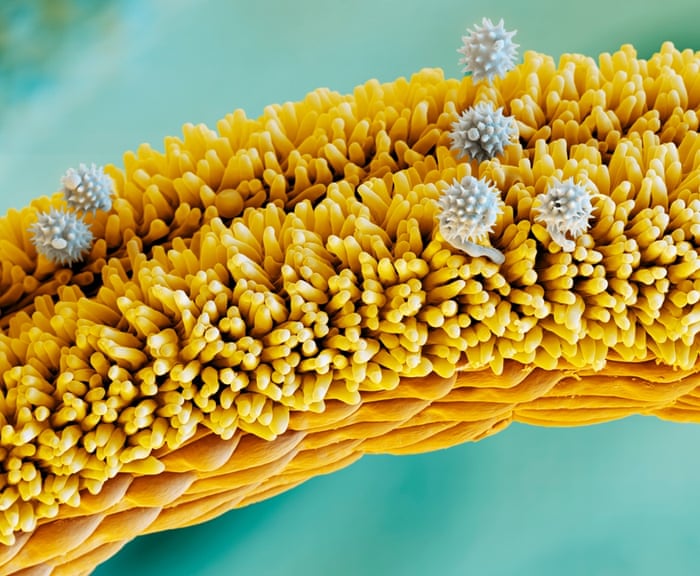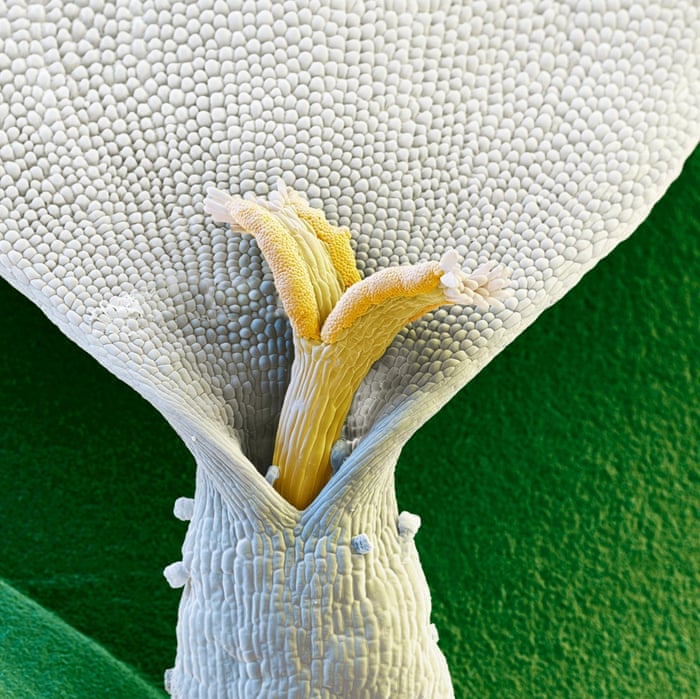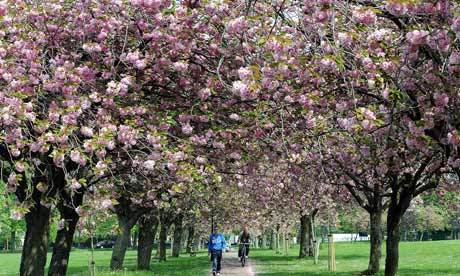Did you know there is an entire branch of psychology devoted entirely to colors and their meanings? Is it any wonder, then, that people have long associated different flower colors with different meanings and in fact they were once used as part of a code to get across one's message in a socially acceptable and discreet way. Overall, the gift of flowers says, "I love you", "I appreciate you" or "I care how you feel", but there are many other messages that have traditionally been conveyed by the choice of flower colors.
Red is known as the color of passion, romance and love. You certainly don't want to send red flowers, particularly roses to the wrong person or you could be sending a message you don't want to send. If you aren't in love, don't send red roses choose pink instead. Pink is the color of fun and love. You can send pink flowers to a romantic interest or even to a family member or secretary without it being thought of as a romantic gesture. Yellow is also a popular color choice because it symbolizes friendship and is a bright cheerful color that can put a smile on almost anyone's face. Yellow is a great choice for a sick friend or anyone who needs a little pick-me-up.
Deeper colors can come across as sexy and mysterious. The blood red rose or black rose are prime examples of this. If you give or receive this color flower, seduction is in the air. White flowers, in contrast, stand for purity and eternity and make a great choice for weddings and funerals alike. A white flower could also be a sign of sincerity and pure intentions. You might want to consider sending orange flowers to express happiness or joy such as for the birth of a child or to announce a trip or other exciting adventure.
While people have traditionally recognized the meaning of flower colors to symbolize a particular message or emotion, you should not feel restrained by this. Today it is perfectly acceptable to choose flowers just because you like the way they look and the message you intend can clearly be written and included on the card that accompanies the flowers. While you might still want to send red roses with caution, other flowers can safely be given to a variety of people for a variety of occasions and the meaning of flower colors will not be as important as the thoughtfulness of your gift.
Flowers are one of the great joys of spring, but viewing them under a
scanning electron microscope uncovers a surreal, alien beauty. These images were
created by the award-winning German microscopy team Eye of Science, comprising
photographer Oliver Meckes and biologist Nicole Ottawa









